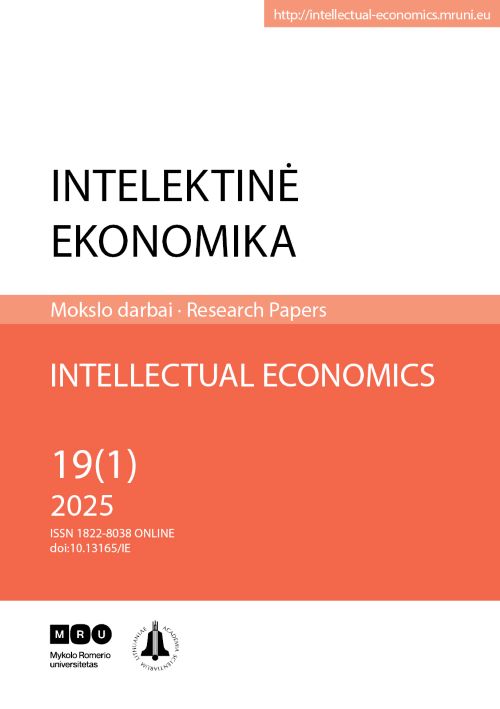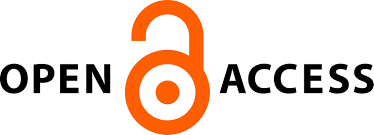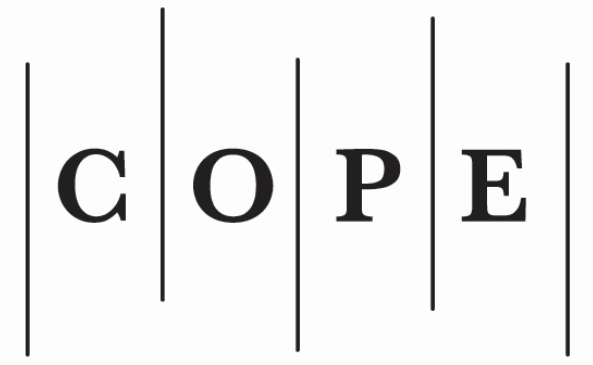There ain't such thing as a free lunch - or is there? Moral hazard in financing higher education
##plugins.themes.bootstrap3.article.main##
Abstract
Purpose: This study investigates the phenomenon of moral hazard among the student population, specifically in the context of financial subsidies and other financing support schemes that they receive while pursuing higher education. The emphasis is on the dynamics of the financier-student relationship and the emergence of the moral hazard. The main purpose of this study is to identify and understand the factors that contribute to the occurrence of moral hazard among students, considering the financial support they receive from government subsidies and parental contributions.
Design/methodology/approach: For the purpose of this study, the authors conducted a survey among business and administration students at the University of Rijeka to investigate the presence of moral hazard and its influencing factors. In order to investigate and to analyze the emergence of moral hazard and the impact of its influencing factors, the Structural Equation Modelling-Partial Least Square (SEM-PLS) method was used.
Findings: This study aims to fill a research gap on the existence of moral hazard in higher education financing and explore the factors that contribute to its emergence. The results of explanatory analyses suggest that financial asymmetry and financial attitudes negatively impact the occurrence of the moral hazard, while financial behaviors were not statistically significant. Additionally, the results show that various contextual, economic, and behavioral factors influence moral hazard.
Research limitations/implications: The limited explanatory power of the findings highlights a key limitation, underscoring the inherent complexity and multifaceted nature of the moral hazard construct. Besides this limitation, the authors surveyed only economics and business administration students; excluding students from other fields could have impacted the results of the analysis and could have led to different results for the overall student population.
Originality. There are only a few studies on the occurrence of moral hazard in higher education financing in European countries. The welfare state and the subsidization of higher education and supporting schemes for the student expenses are deeply ingrained
The majority of European countries have a societal consciousness that rarely questions the occurrence of undesirable phenomena like moral hazard. To the best of our knowledge, this study represents the first attempt to explore the occurrence of moral hazard in financing higher education with the PLS-SEM methodology while also developing constructs that influence the occurrence of moral hazard.
Keywords: Moral Hazard, Tuitions Fees, Financing Higher Education, Croatia, Students, PLS-SEM
JEL Classification: H75, I22, J24
##plugins.themes.bootstrap3.article.details##

This work is licensed under a Creative Commons Attribution 4.0 International License.
Authors contributing to Intellectual Economics agree to publish their articles under a Creative Commons Attribution 4.0 International Public (CC BY) License, allowing third parties to share their work (copy, distribute, transmit) and to adapt it, under the condition that the authors are given credit, and that in the event of reuse or distribution, the terms of this licence are made clear.


 https://orcid.org/0000-0002-6515-935X
https://orcid.org/0000-0002-6515-935X





